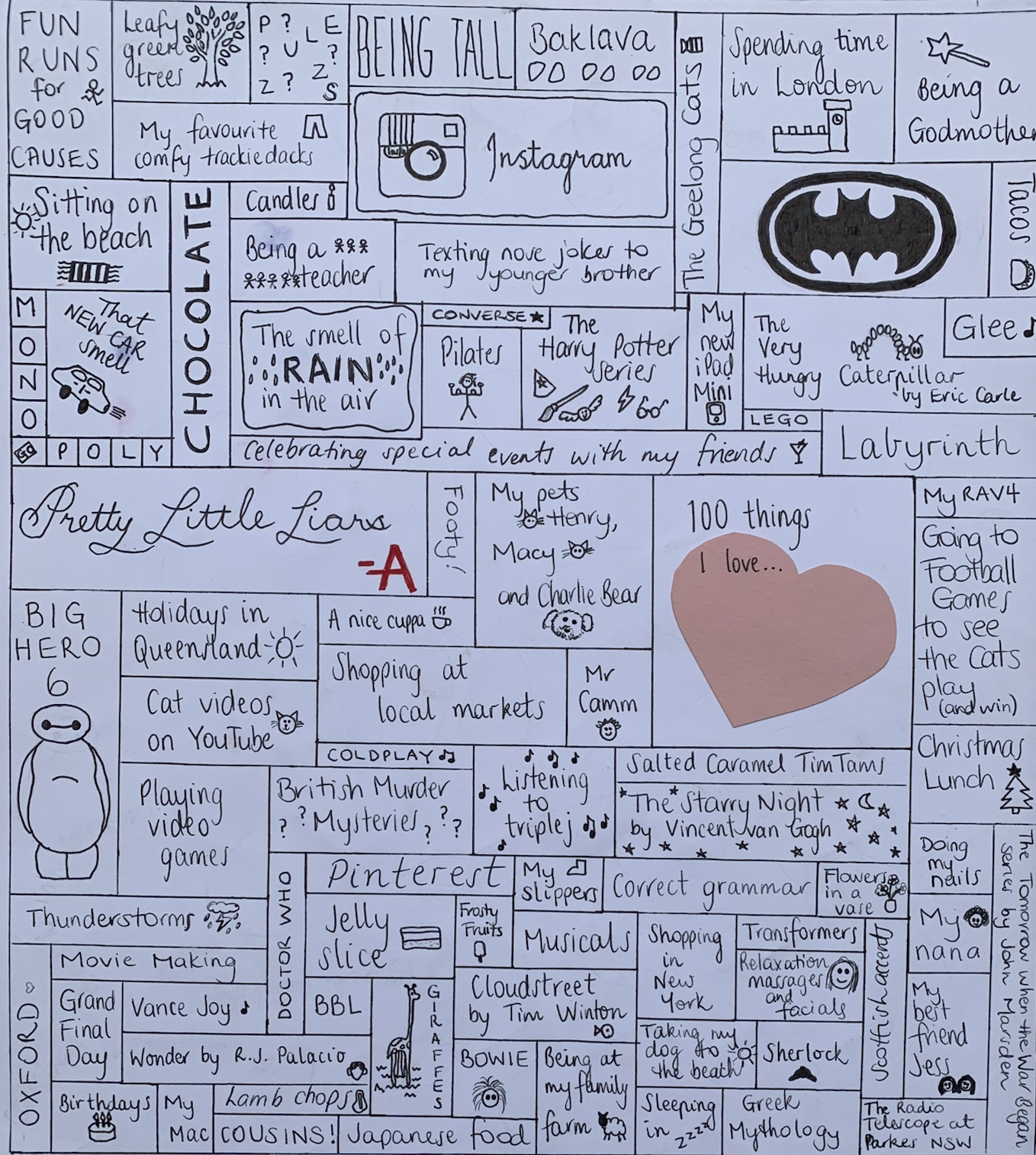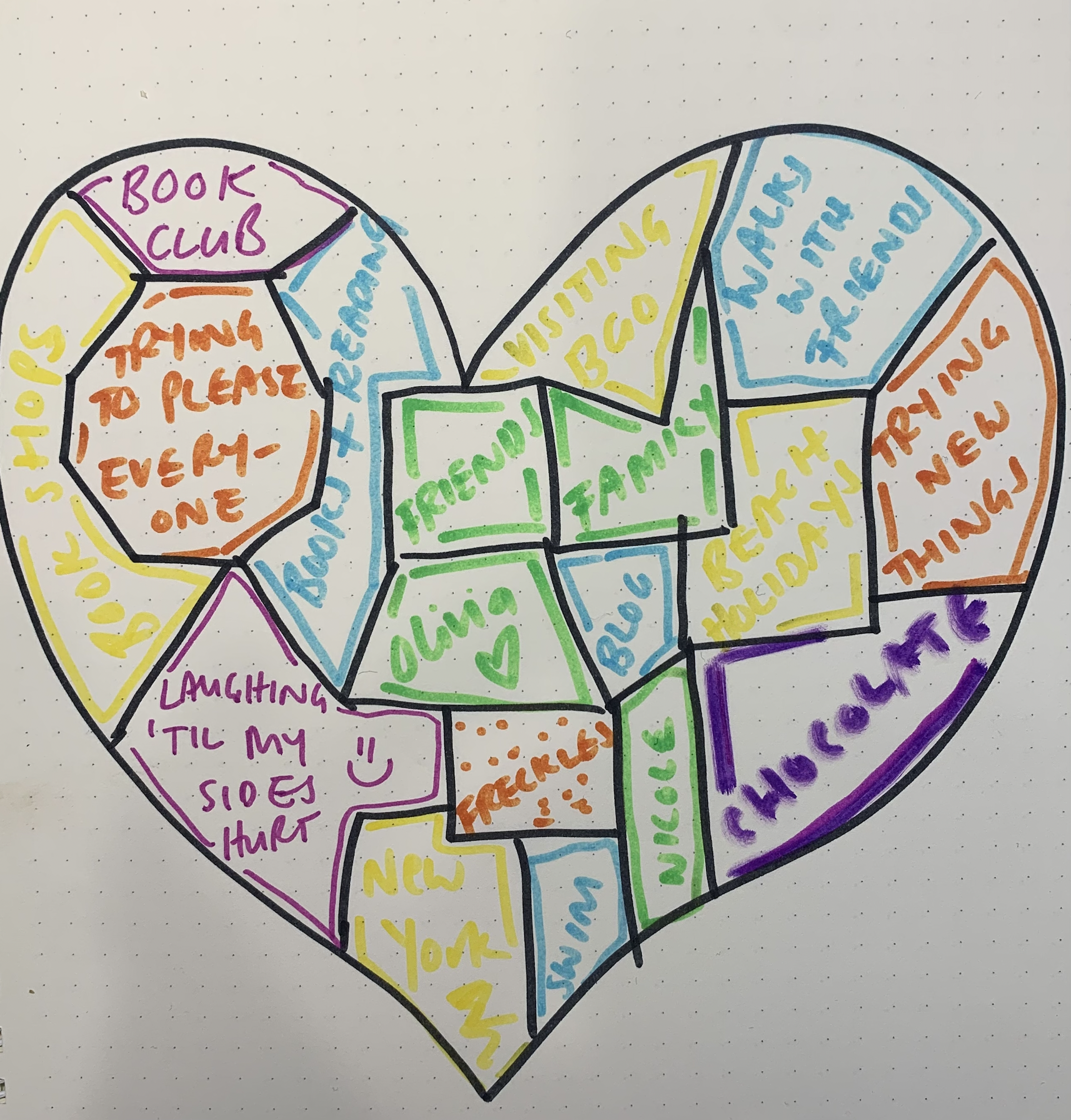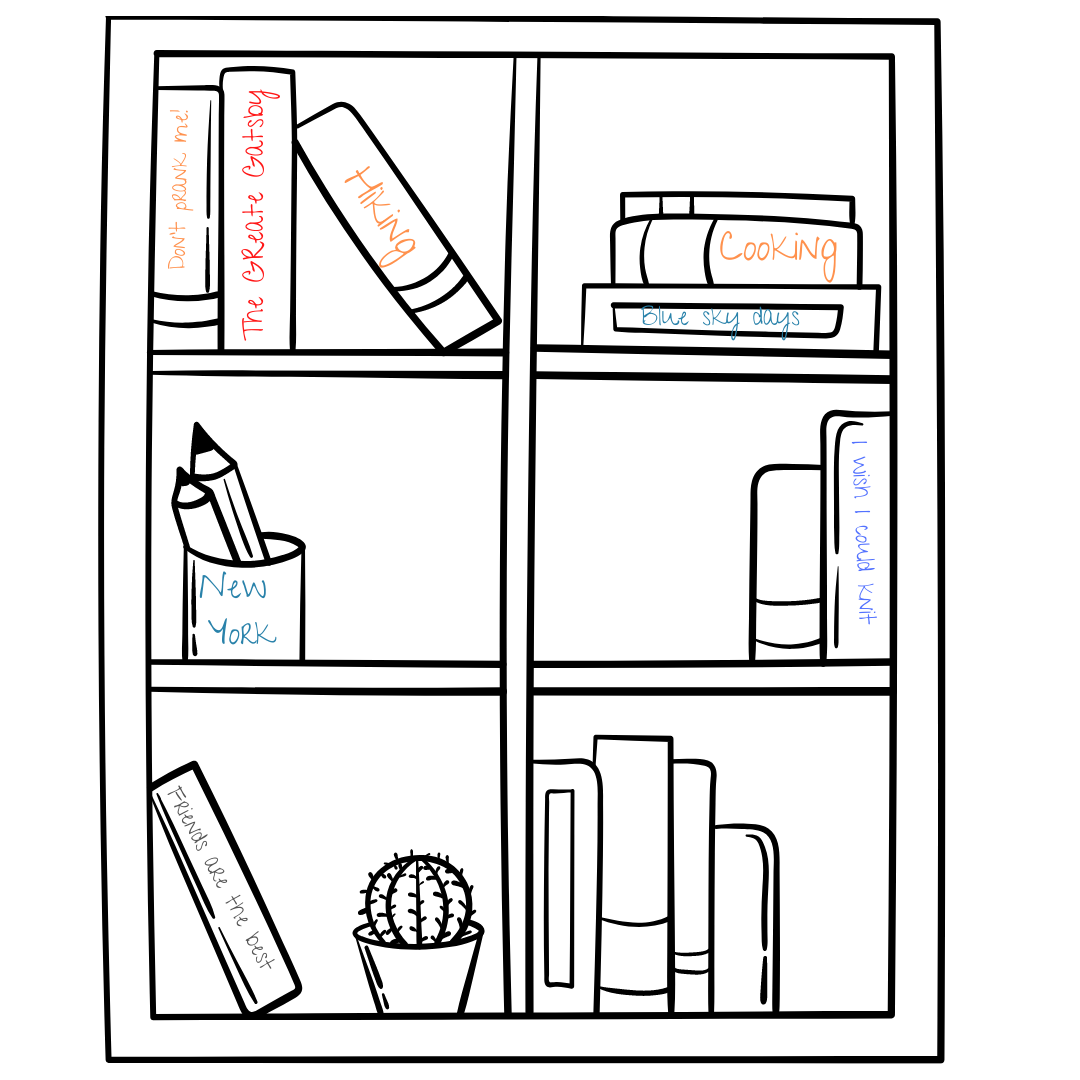Getting to know your students as writers: 10 ways to help students find ideas to write about (and set them up for writing inspiration all year)
by Judy Douglas
At the start of a school year we aim to get to know our students - who they are and how they write - as a way to build positive relationships and guide instructional decisions around writing. This is often done through a letter to the teacher or a low stakes writing activity. However, while this gives us a bit of an understanding of their writing craft and understanding of writing conventions, as well as a little glimpse into their personality and interests, it doesn’t necessarily give us much information about them as writers; what matters to them, what their life consists of, or what they think about.
We want to set up our students as ones that are ‘ready to write’. We want them to be writers who engage in ‘real-world’ writing by drawing on their own experiences, who are curious and take risks with ‘’outside the box’ thinking. We want to encourage them to be innovative and take active ownership over the idea-generation and writing process rather than to passively rely on teacher-generated prompts. As teachers we want to know what our students are interested in, care about, concerned and passionate about. This knowledge helps us in selecting texts and topics to explore in the classroom, or as conversation starters for meaningful writing (and reading) conferences with individual students. Knowing what students are interested in, think about, and notice, means we can be getting students to be writing about things that matter to them. As stated by Ralph Fletcher in his book What a Writer Needs, “you don’t learn to write by going through a series of preset writing exercises. You learn to write by grappling with a real subject that truly matters to you.” (2nd Edition, 2013)
Starting the school year by spending time getting students to generate lists of ideas and then doing some low-stakes writing using their own lists as stimulus gives us a meaningful ‘first glimpse’ into who our students are through their ideas and writing. These lists can be revisited, and added to, throughout the year whenever we ask students to come up with an idea for writing, whether it is low-stakes or as part of the writing process for a summative assessment piece.
Below are ten suggested lists to generate ideas and prompts that can become possibilities for writing that students can come back to and develop throughout the year. It is imperative that we model ourselves as writers too by creating and sharing our lists!
Writing seeds and territories
There are many ways to get students noting down ideas they might write about based on their interests and ‘who they are.’ Often called ‘writing seeds’ these become the ‘go to’ starting point whenever students are asked to come up with an idea for writing. Some examples include:
Heart mapping: students write down all the things, people, places, issues that are important to them inside an outline of a heart. The most important things, people, places or issues, should be at the center of the heart. Each section can be colour-coded as well (e.g., blue for people, green for places).
Writing territories: writing territories are similar to heart mapping in that students are writing down the things that are important to them; people, places, events, passions, hobbies, dreams, topics. The difference is that students also select a place or concept that is important to them and use that as their visual to write within. For example, a beach scene for someone who loves surfing, a book shelf for the avid reader, a house for someone whose home is really important to them, a football oval for the keen football player.
Collage: get out the scissors and glue sticks and ask students to find images that show who they are and the things that are important to them, including their own photographs.
100 things about me: challenge students to some up with 100 things about them (make sure you take on the challenge as well!). This encourages students to include small details about themselves (such as their favourite chocolate bar) or to think beyond the obvious.
2. Memoir worthy moments
In Nancie Atwell’s Lessons that Change Writers she suggests getting students to identify meaningful events and incidents by looking at their life broadly, and then determine what would be worth including in a memoir about them.
Start with ‘questions for memoirists’ such as “what’s a time or place that I was perfectly happy?” or “can I remember a time I learned to do something, or did something for the first time?” or “what incident shows what my family is like?”
After answering the questions, students go back over their responses and identify (highlight or annotate) which responses are ‘memoir-worthy’ and why. What makes something ‘memoir worthy’ could be a topic for a class discussion (or debate!) first, as well as a great opportunity to include quality short memoir extracts into the classroom.
3. Paddle pop stick/story (character, setting, problem) generator
While there are many online story generators that can do the same thing by clicking on a button, there is something gratifying about the tactile act of selecting random coloured paddle pop sticks as a way to start listing story ideas.
One pile of paddle pop sticks list characters, one pile lists settings, and another lists problems/conflicts. Students select one stick from each pile and simply write down the three things under a heading such as ‘possible story 1.’
The purpose is for students to have a number of ‘possible stories’ that they can return to as a starting point for writing narratives (either as a low stakes activity or Unit of Study on narrative writing). As they are making their lists, they might highlight ones that they already are interested in, or even start to add information if it comes to their head as they are making their lists.
4. People to write about
The challenge of this list is for students to think about the people in their lives (now and from the past) that could be written about, and then to briefly explain why they might write about them. Ideally these are people they know, or have known, but could include ‘real life’ celebrities (but avoid fictional characters).
Modelling your own thinking as you create your list will help avoid students saying that they don’t know anyone they would write about. Reasons someone might be worth writing about could be:
An interesting or distinguishing physical feature
A character trait they admire (or do not admire)
They did something interesting, funny, outrageous, frightening
Overcame a major obstacle or problem
Was influential in your life
Represent an issue or problem you are interested or passionate about
Are a role model or inspiration
Has been a ‘villain’
There is something unique about them
They mean (or meant) a lot to you
5. What do you talk about?
One way students can ‘tap into’ the things that matter to them is by thinking about the topics they talk about with others. Ask students to remember the conversations they have recently had (the last five, over the past 24 hours, past week? etc) and write down what they were about. These conversations might be:
With friends
With family
With teachers or coaches
Online (including social media status posts)
With strangers
Alternatively, students could think about the topics they have had conversations the most about recently. Is there something they have been talking about a lot? Is this different to what they were talking about a lot last year? Or when they were younger?
6. What are you for?
Slam poet Taylor Mali’s poem ‘Silver-Lined Heart’ is a celebration of the things he ‘is for;’ the things that soothe, inspire and move him.You can listen to it here.
Have students write their own lists of the things they ‘are for.’ What do they support? What do they like or love? What do they want to experience more of? What do they admire? What inspires them?What makes them smile or laugh?
They can then use their responses to write their own ‘Silver-Lined Heart’ poem, or select just one item of the list to generate some writing.
7. The Best and Worst of…
A quick way for students to generate ideas (particularly for persuasive or argumentative writing) is to create ‘best and worst of’ lists. These lists also give teachers insight into genres, texts, and interests of their students (which can help inform mentor texts or writing topics to engage students). Lists might include the best and worst of…
books
films
tv shows
songs
celebrities
sports
fashions
fads
words
remakes or reboots
8. Objects you can’t live without
Asking students to list objects they can’t live without. A list like this can be revisited as writing stimulus throughout the year for many purposes, such as:
Practising descriptive writing of the object (without using the name of the object)
Practising figurative language: e.g., personification of the object
Persuading an audience why it is so important
Personal writing on the significance of the object
Making the object the centre of a narrative
Using the objects to add details to a narrative
Creating an advertisement for the object
Informational writing about the object
9. Problems to explore
Writing becomes more purposeful when it is about something that we are concerned about or things that affect us. We can get to know what our students are concerned about or what affects them by asking them to list problems or concerns they would like to explore. These could be problems or concerns from their own world (without expecting them to be too personal), or the wider world.Their responses might guide our understanding of themes in books that they could connect to, issues to explore through expository or persuasive writing, or as key concerns or messages for their own narrative writing. We can ask students:
What concerns you?
What are some problems you’d like to explore or solve?
What issues affect you?
What do you worry about?
What frustrates you?
10. What sparks your interest?
One challenge students often encounter when asked to generate seeds, create lists or identify writing territories is that they ‘don’t know what to put’ or can’t access the ideas within the set timeframe. Often they will list two or three things and declare they ‘are finished.’ Some ways we can scaffold student thinking to increase the size and quality of their lists are to provide lists for students to identify which ones that spark their interest. For example:
Provide a collection of images for students to select the ones that they would like to write in response to. Have students stick their selected images in their journals/notebooks that can be revisited throughout the year
Provide a variety of character profiles (real people, characters, stereotypes) and have students select ones that they are interested in or think would include in a story they would read or would write
Share a list of issues or topics for students to identify and write down which ones they would be most interested to write about






